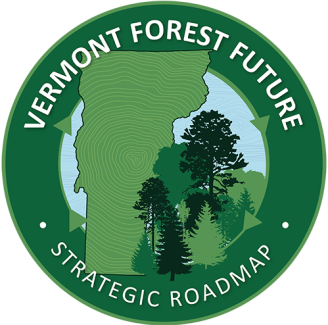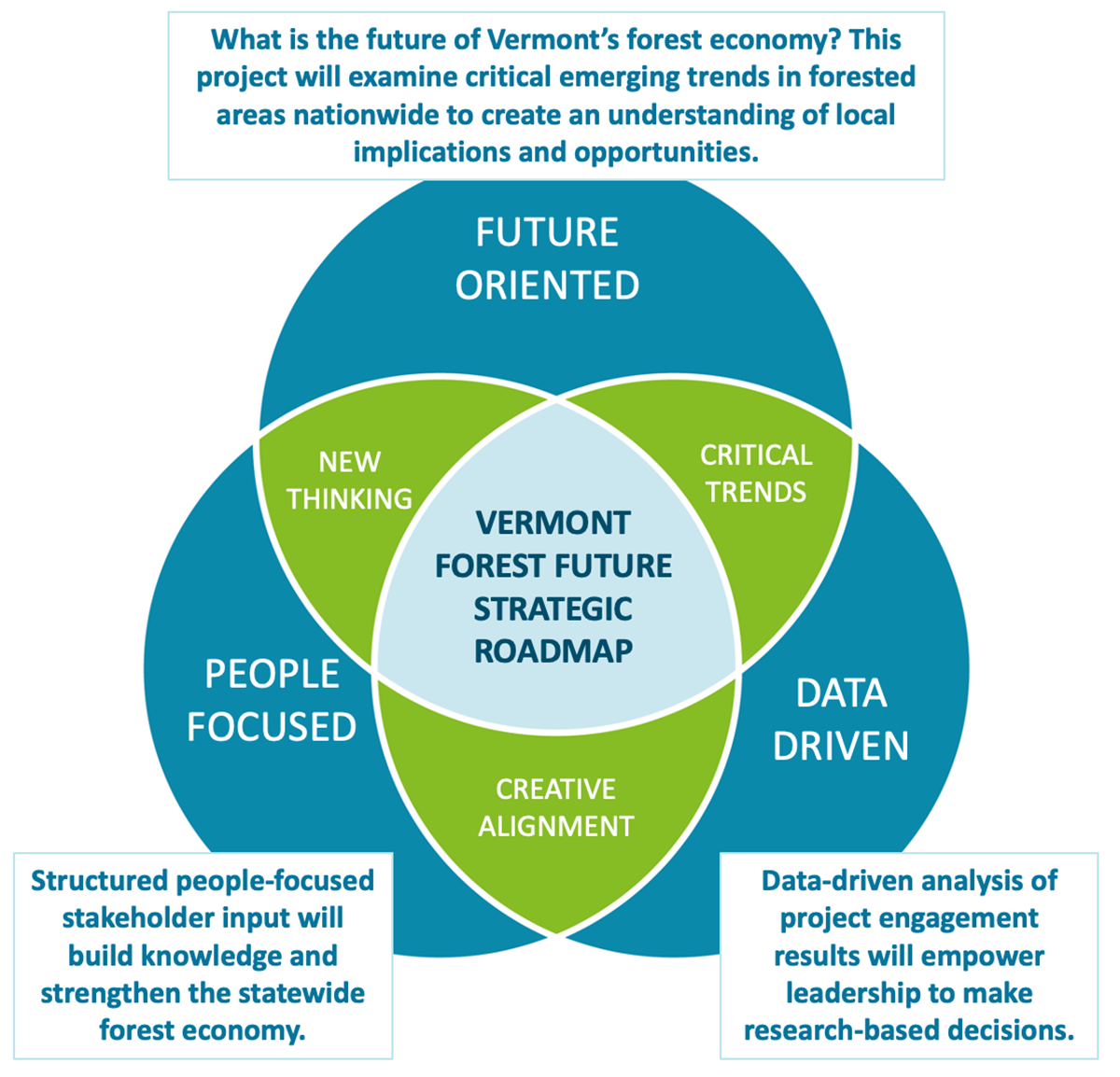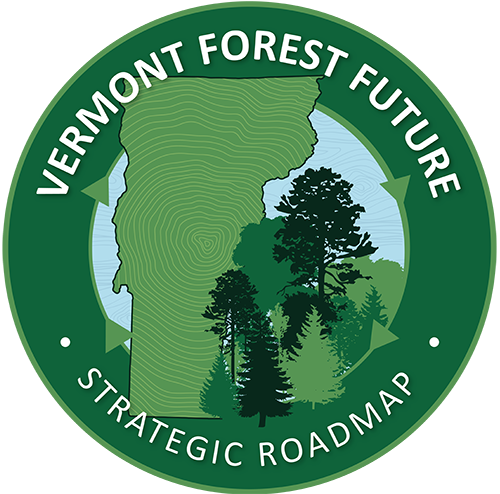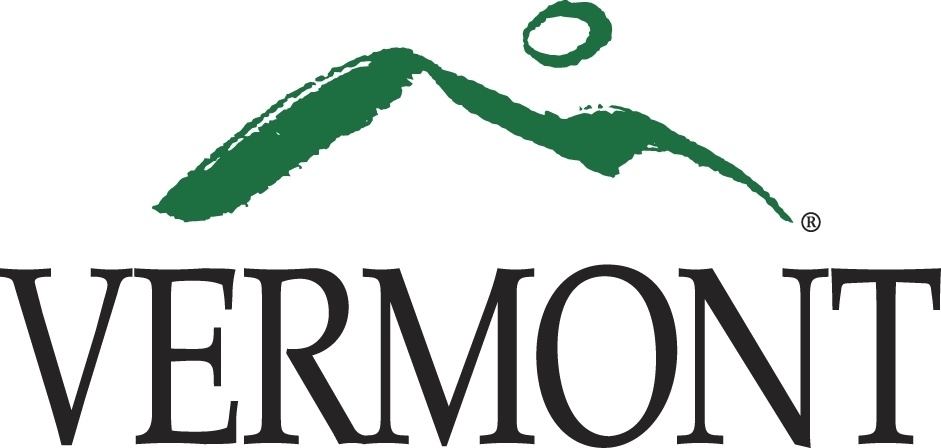
This process has engaged the parties representing all users of Vermont’s forests in a robust public engagement process and developed a 10-year plan of recommended actionable strategies to protect the long-term viability of forest-based businesses, via the Vermont Forest Future Strategic Roadmap.

A successful planning process is based on three primary principles: It is future oriented, data driven, and people focused. The ‘future orientation’ is particularly important to take account of rapidly emerging social and technological trends. The ‘data driven’ ensures the plan is built on solid research, public input, and information, and is measurable. The ‘people focused’ is important to build support for the vision for the region, and to harness the best possible input into the visioning process.




For more information about the Vermont Forest Future Strategic Roadmap project, please contact:
Danielle Fitzko, Commissioner
VT Department of Forests, Parks & Recreation
Address: 1 National Life Dr, Davis Bldg., Montpelier, VT 05620-0501
802-598-9992
Danielle.Fitzko@vermont.gov
Oliver Pierson, Director, Forests Division
VT Dept. of Forests, Parks & Recreation
802-505-3563
Oliver.Pierson@vermont.gov
David Beurle, Chief Executive Officer
Future iQ
612-757-9190
david@future-iq.com
Photos courtesy of Erica Houskeeper | VSJF and Future iQ